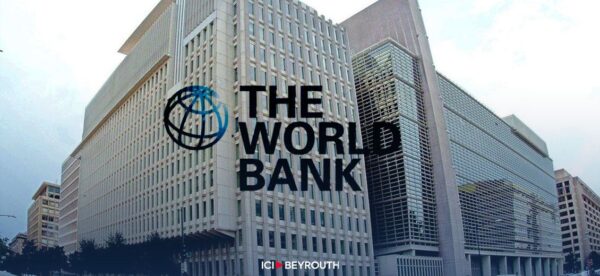WASHINGTON, December 3, 2024 – According to the latest edition of the World Bank’s International Debt Report, developing countries spent an unprecedented $1.4 trillion on servicing their external debt in 2023, with interest payments reaching their highest level in twenty years. Interest payments increased by nearly a third, totaling $406 billion, putting strain on budgets that could be allocated to critical areas such as health, education, and the environment.
The data reveals that financial pressure was most intense in the poorest and most vulnerable countries, those eligible for loans from the World Bank’s International Development Association (IDA). In 2023, these countries paid a record $96.2 billion to repay their external debt. While principal repayments decreased by nearly 8% to $61.6 billion, interest charges soared to an unprecedented level of $34.6 billion in 2023, four times higher than a decade ago. On average, interest payments from IDA countries now amount to nearly 6% of their export earnings, a proportion not seen since 1999 and reaching as high as 38% for some of them.
Due to tightening credit conditions, the World Bank and other multilateral institutions have become the main lifeline for the poorest economies. Since 2022, foreign private creditors have received nearly $13 billion more in debt repayments from public sector borrowers in IDA countries than they have disbursed in new financing. During the same period, the World Bank and other multilateral institutions injected nearly $51 billion more in 2022 and 2023 compared to debt service payments received. The World Bank financed a third of this amount, totaling $28.1 billion.
“Multilateral institutions have become the last resort for poor economies striving to balance debt payments with expenditures on health, education, and other development priorities,” explains Indermit Gill, Chief Economist and Senior Vice President of the World Bank.
“In heavily indebted poor countries, development multilateral banks now play the role of lender of last resort, a role for which they were not designed. This reflects a failing financing system: except for funds injected by the World Bank and other multilateral institutions, money is flowing out of poor economies when it should be flowing in.”
The COVID-19 pandemic has significantly increased the debt burden of all developing countries, and the subsequent surge in global interest rates has made it more difficult for many of them to recover. By the end of 2023, the total external debt of all low- and middle-income countries reached a record $8.8 trillion, an 8% increase from 2020. The percentage increase was twice as high for IDA-eligible countries, whose total external debt rose to $1.1 trillion, an increase of nearly 18%.
In 2023, foreign borrowing became much more expensive for all developing countries. Interest rates on loans from public creditors doubled and exceeded 4%, while rates applied by private creditors increased by over one point to reach 6%, their highest level in 15 years. Finally, while global interest rates have started to decline, they are expected to remain higher than the average prevailing during the decade before the pandemic.
The International Debt Report presents key elements from the World Bank’s database on international debt statistics, the most comprehensive and transparent source of data on external debt of developing countries. It reflects increased efforts to ensure the accuracy of information on IDA countries’ debt, through reconciling data reported by these economies to the World Bank’s debtor reporting system with data provided by G7 and Paris Club creditors. This loan-by-loan reconciliation exercise resulted in a data concordance rate of 98%, reducing the margin of error from ten to just two points.
“Comprehensive data on government commitments can promote new investments, reduce corruption, and prevent costly debt crises,” says Haishan Fu, Chief Statistician of the World Bank and Director of the institution’s Development Data Group. “The World Bank has played a leading role in improving debt transparency worldwide, especially in IDA-eligible countries. In 2023, nearly 70% of these economies published public debt data, fully accessible on a government website, representing a 20-point increase from 2020. This is an encouraging sign for the future.”
Source: World Bank


